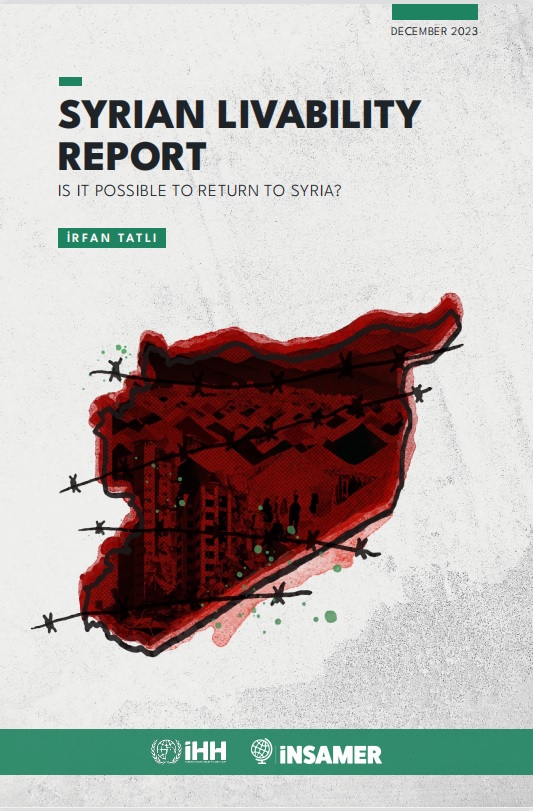Popular protests, called the Arab Spring, initiated by the Arab people with their demands for democracy, freedom, economic demands and human rights, also affected Syrians, who have been ruled by an authoritarian regime by the Baath Party for 41 years,
and the Syrian people started protests against the Baath Regime on March 15, 2011. However, the situation in Syria has not resulted in the overthrow of the dictator, as in Tunisia, Egypt and Libya, and has turned into an ongoing civil war.
As the civil war in Syria, which has almost completely destroyed the country, enters its 13th year, the country still faces deep political divisions, major economic challenges, a humanitarian crisis and the world’s largest displacement situation. Conflicts and political solution initiatives that involve a wide range of actors, from the United States of America (the USA) to Russia, have almost reached an impasse. As the civil war enters its 13th year, the people of the region continue to struggle for survival amid great political chaos, a deep humanitarian and economic crisis, serious security concerns and rights violations.
In the civil war in Syria, since the first protests began, hundreds of thousands of people have lost their lives, been injured and disabled, and millions of people have been displaced. Situation, which became extremely complex with the involvement of other states in the conflicts that started between Assad regime supporters and opponents in Syria, has led to a major humanitarian crisis that still continues in the country today. Research and analysis on the subject reveal that it is not possible to resolve the situation in Syria, which is on the verge of a de facto division, in the near future, and may even worsen.











